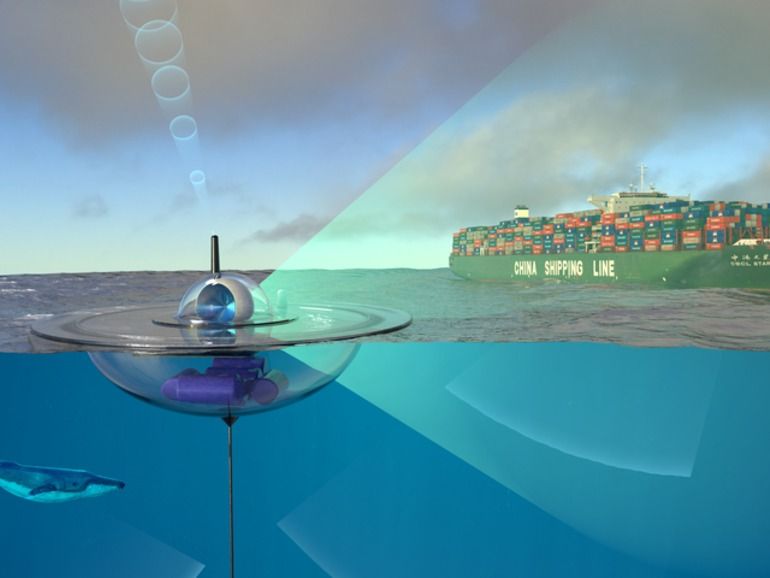Why is one particular intellectual capacity valued over so many other worthy qualities, like compassion, honesty, courage, and common sense?
A t some point during the past decade, Harvard professor Michael Sandel started to notice the increasingly frequent invocation of a particular word: “smart.” The term was being applied to all manner of products and devices: smart phones, smart cars, smart thermostats, even smart toasters. He also heard the word creeping into the language of politics, employed to justify and promote governmental initiatives. “The way the word was being used bothered me,” Sandel says. “It seemed to pair a narrow kind of technocratic expertise with an attitude of smug superiority.”
Political philosopher that he is, Sandel decided to conduct an analysis of presidential rhetoric. Before the 1980s, he found, American presidents rarely used the word “smart” in their public speeches. Ronald Reagan and George H.W. Bush employed the term relatively sparingly. But the use of the word in presidential remarks “exploded” during the administrations of Bill Clinton and George W. Bush, Sandel reported, with each man uttering the word “smart” at least 450 times. Barack Obama spoke it more than 900 times, and Hillary Clinton often invoked the term both as Secretary of State and as a candidate running for the highest office. This “rhetorical tic,” Sandel came to recognize, was representative of a much more sweeping cultural change, one he addresses with concern in his new book, “The Tyranny of Merit.” Over the past 40 years, he observes, America’s ruling class has exalted one quality, one virtue, one human attribute above all others: smartness.








